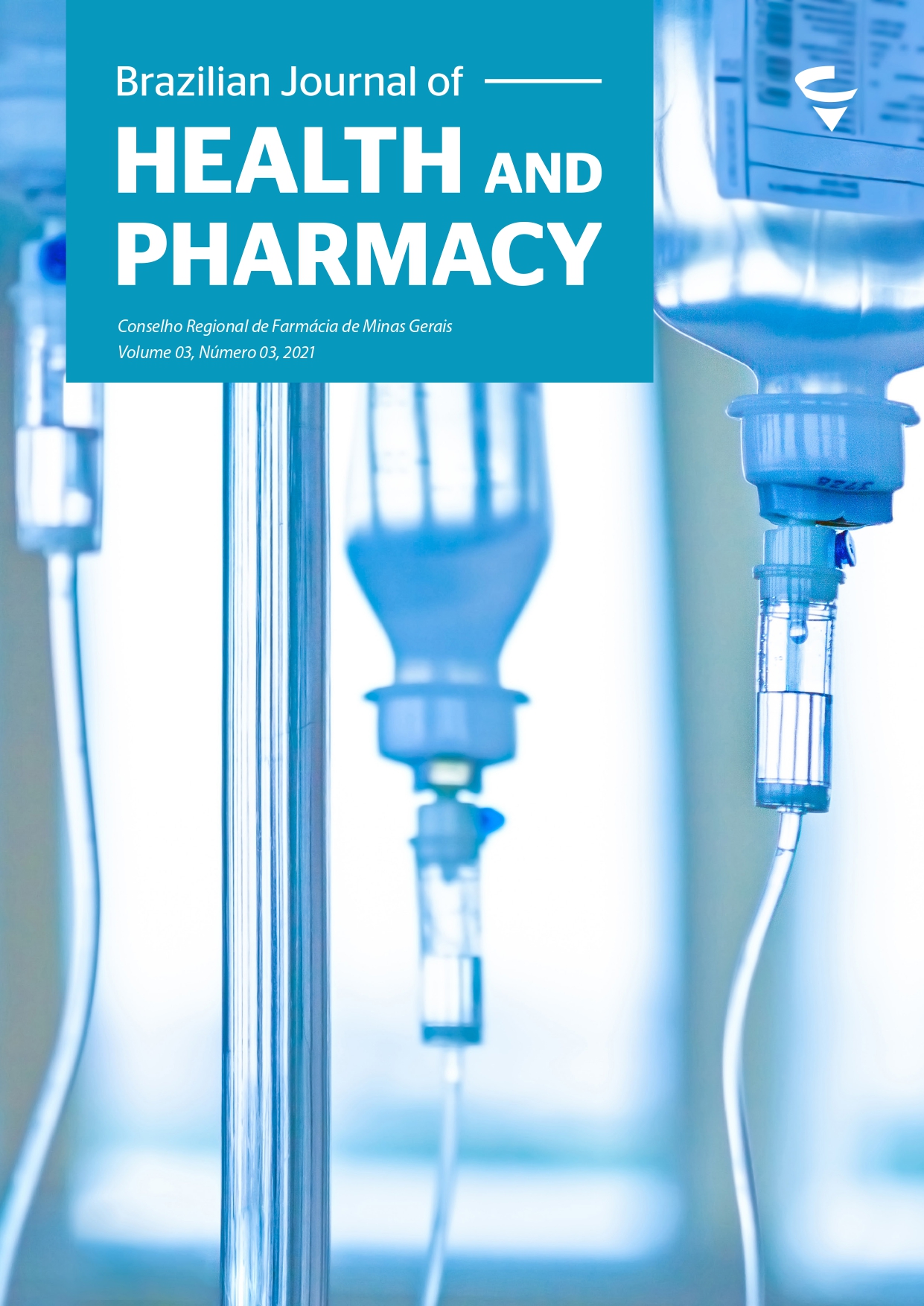Abstract
The objective is to verify changes in the professional performance of pharmacists over time, taking into account the work area, the graduation period, the professional relationship and continuing education. We used data obtained from an online interview responded by 491 pharmacists graduated from the UFMG Pharmacy course. In the four graduation periods analyzed, the public health area was the most prevalent among those graduated until 1989, and in the 2000- 2009 period, the community pharmacy or drugstore was the largest category among graduates from 1990 to 1999 and the hospital pharmacy was the central area of activity among graduates in the 2010-2017 period. While public workers represented almost all of the public health worker category, CLT contract prevailed in most of the pharmacists in the industry and pharmacies or drugstores. The highest rate of pharmacists who attended masters or doctorates degrees was obtained from those trained in the 2000-2009 period. The proportion of masters’/doctors’ degrees among those working in teaching or research institutions was much higher than the other areas. It is necessary to monitor professional performance change. Thus, the education institutions should foster actions in relevant areas, such as public health, and not only the private market. The objective is to verify changes in the professional performance of pharmacists over time, taking into account the work area, the graduation period, the professional relationship and continuing education. We used data obtained from an online interview responded by 491 pharmacists graduated from the UFMG Pharmacy course. In the four graduation periods analyzed, the public health area was the most prevalent among those graduated until 1989, and in the 2000-2009 period, the community pharmacy or drugstore was the largest category among graduates from 1990 to 1999 and the hospital pharmacy was the central area of activity among graduates in the 2010- 2017 period. While public workers represented almost all of the public health worker category, CLT contract prevailed in most of the pharmacists in the industry and pharmacies or drugstores. The highest rate of pharmacists who attended masters or doctorates degrees was obtained from those trained in the 2000-2009 period. The proportion of masters’/ doctors’ degrees among those working in teaching or research institutions was much higher than the other areas. It is necessary to monitor professional performance change. Thus, the education institutions should foster actions in relevant areas, such as public health, and not only the private market.

